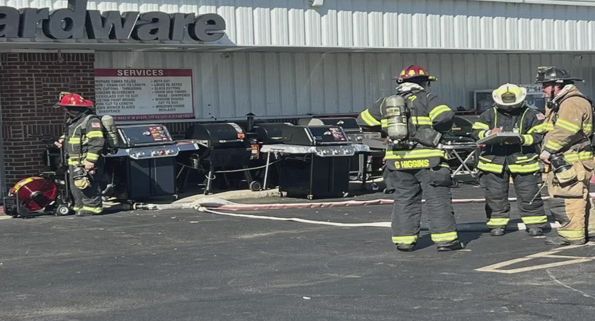Tips for Business to Prevent Carbon Monoxide Poisoning
Carbon monoxide (CO) is a colorless, tasteless and odorless poisonous gas that is a byproduct of the incomplete burning of carbon-containing material. It can quickly accumulate in areas where employees work, even if the space appears well-ventilated. Exposure to CO can cause serious health problems and even fatalities, so business owners must take steps to ensure their workplace is safe. In order to do so, it is necessary to recognize the signs of CO poisoning and implement measures to minimize CO risks.
Recognizing CO Poisoning
CO poisoning symptoms can vary by person, and some populations are more susceptible to it, including the elderly, young children, individuals with preexisting heart or long-term conditions, those who work at high altitudes, those with anemia or sickle cell anemia, and those with elevated CO blood levels (e.g., smokers). CO poisoning also poses special risks to pregnant workers and their unborn children.
Early signs of CO poisoning can be mistaken for other illnesses and often mimic the flu or other illnesses. Symptoms include headache, dizziness, weakness, nausea and chest pain. Prolonged or high levels of CO exposure may lead to confusion, vomiting, muscle weakness, collapse and loss of consciousness. Neurological symptoms, metabolic acidosis and cardiac issues may also occur. According to OSHA, CO poisoning can be reversed if caught in time. However, as inhaled CO displaces oxygen in the blood and leads to vital organs becoming oxygen-starved, acute poisoning may cause permanent damage to organs that require high oxygen levels, such as the brain and heart. Additionally, OSHA notes that significant reproductive risk is linked to CO exposure.
Tips to Minimize CO Risks
Considering the severity of CO hazards, business owners need to take steps to eliminate or reduce the potential for CO-related injuries or fatalities, including:
- Follow applicable manufacturer instructions and building codes to ensure proper installation of equipment, appliances or other machines that may produce CO.
- Schedule regular professional inspections of heating systems, chimneys, flues and other equipment that could produce CO. Air in spaces where the gas may be should also be consistently tested for the presence of CO.
- Educate employees on CO risks, symptoms and emergency procedures, and train them on reporting suspicious odors or symptoms. They should also be trained to avoid overexertion if they suspect CO poisoning and to leave contaminated areas.
- Ensure proper ventilation in enclosed spaces where fuel-burning equipment runs.
- Install CO detectors in areas near potential CO sources (e.g., boiler rooms, garages, kitchens) and regularly test and replace their batteries. If an employee is at a heightened risk of CO exposure, provide them with a personal CO monitor.
- Prohibit the use of gas-powered equipment indoors or in poorly ventilated areas. When outdoors, CO-producing equipment should not be run near open doors, windows or air intakes to help prevent CO infiltration.
- Provide personal protective equipment to employees who work in areas with potentially high CO concentrations and train them on how to properly use it.
- Develop and communicate an emergency plan for CO incidents. Such a plan should include procedures for evacuation and providing medical assistance.
- Consider alternative power supplies (e.g., batteries or electricity) instead of gas-powered tools or equipment.
Conclusion
Being aware of the risks CO presents and taking proactive steps to eliminate or mitigate those hazards can help employers ensure safe working conditions for their employees.
For more information, contact us today.






Leave a Reply
Want to join the discussion?Feel free to contribute!